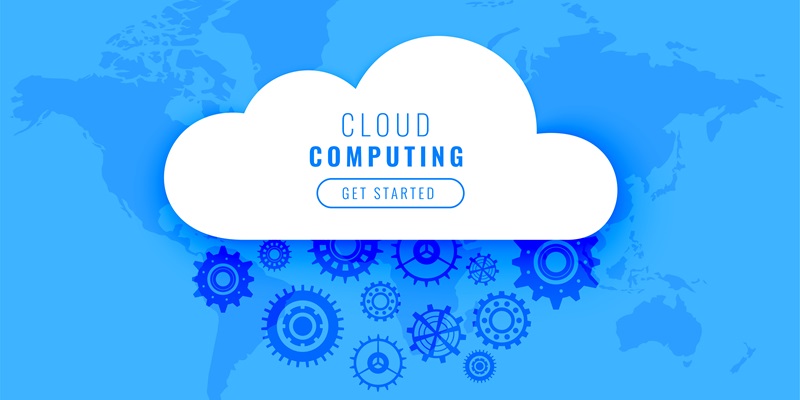Cloud computing has become an indispensable part of businesses’ IT strategies, offering numerous benefits such as cost savings, scalability, and improved accessibility. However, one aspect that often catches organizations off guard is the high cost of transferring data from the cloud to private data centers or on-site locations. This article explores the implications of these costs on data mobility and flexibility, examines accusations of anti-competitive behavior in the cloud computing market, and proposes strategies for reducing egress charges, with a strong focus on leveraging Software Defined Cloud Interconnects (SDCI) platforms to optimize cost management.
High Costs of Data Transfer from the Cloud to Private Data Centers
Transferring data from the cloud to on-site locations can be an expensive affair, with costs ranging from $6 to $24 per GB. These substantial charges can restrict users’ ability to move data and change cloud providers, effectively locking them into a single provider and limiting their flexibility. Notably, this issue has garnered attention from regulatory bodies like Ofcom, which has accused major players like AWS and Microsoft of anti-competitive behaviour.
Anti-competitive Behaviour in the Cloud Computing Market
Ofcom’s allegations against AWS and Microsoft highlight concerns over vendor lock-in and limited choice for customers. The regulatory authority is calling for further investigation into the cloud computing market in the United Kingdom to ensure fair competition and protect customer interests. Such scrutiny emphasizes the need for businesses to find solutions that mitigate egress charges and optimize their cloud computing costs.
Strategies for Reducing Egress Charges
To address the challenge of high egress charges, organizations can implement strategies such as optimizing data transfer and analyzing usage to assess and estimate costs. These approaches can help businesses gain better insights into their data usage patterns and identify opportunities for reducing costs. However, these strategies come with their own set of challenges, which may offset potential benefits and hinder cost optimization goals.
Leveraging Automation Through Software-Defined Cloud Interconnect (SDCI) Platforms
To effectively manage cloud costs and overcome the challenges associated with data transfer and egress charges, businesses can turn to Software-Defined Cloud Interconnects (SDCI) platforms. These platforms provide the automation required to establish a private connection to the cloud, enabling organizations to bypass expensive data transfer fees. Moreover, SDCI platforms are pre-integrated with public cloud providers, simplifying network configuration and management tasks that would otherwise be time-consuming and complex.
Pre-integration and Simplification of Network Configuration and Management
By leveraging SDCI platforms, organizations can streamline network tasks and eliminate the need for manual configuration and management. These platforms come pre-integrated with public cloud providers, allowing users to set up connections with ease. With network configuration and management taken care of, businesses can focus on optimizing data usage and cost-saving initiatives.
Cost Savings with SDCI Platforms
The implementation of SDCI platforms can yield significant cost savings, particularly in reducing egress charges. By establishing a private connection to the cloud, organizations can bypass costly data transfer fees, resulting in potential cost reductions of up to 30%. This substantial decrease in egress charges can have a significant impact on overall cloud computing costs, enhancing businesses’ ability to manage their budgets effectively.
Effectively managing cloud costs is a priority for businesses seeking to optimize their IT strategies. The high costs associated with transferring data from the cloud to private data centers can hinder data mobility and limit flexibility, ultimately impacting an organization’s ability to switch cloud providers. However, by leveraging automation through Software Defined Cloud Interconnects (SDCI) platforms, businesses can establish private connections to the cloud, reducing egress charges and unlocking significant cost savings. With SDCI platforms, organizations can simplify network configuration and management tasks and achieve better control over their cloud costs, enabling them to fully leverage the benefits of cloud computing while maintaining budgetary control.

